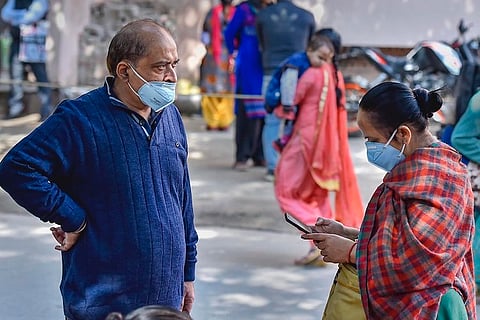

With over 93,000 cases detected worldwide, the novel coronavirus has left over 3100 dead, including China where the outbreak first occurred. 29 cases have been identified in India, while hundreds of others are being screened.
As more cases of coronavirus come to light every day, it is easy for panic and misinformation to spread. It is also easy to get confused, simply because of the sheer amount of information coming in about the virus from different parts of the world, and the ever-changing statistics. In such a scenario, it becomes crucial to only consume and share information that is from verified and credible sources.
Here are a few places where you can find credible information on COVID-19.
A highly credible source of verified global numbers and information about the disease itself is the World Health Organisation (WHO). The WHO updates information in a timely manner, has a host of material on symptoms, precautions, reports from across the world, developments and research on containing coronavirus outbreak, travel advisories and more. There are also helpful videos such as frequently asked questions about nCoV. Check them out here.
If you are in doubt about global numbers, WHO uploads daily situation reports which you can access here.
US-based CDC has also been on the forefront of studying and giving information on the present coronavirus outbreak. They have a dedicated website for the disease as well, which, like WHO, has easily accessible information on the basics as well as situation summaries, travel advice and so on.
CDC also has a section where professionals in the fields of healthcare, communities, schools and businesses can access information about COVID-19 such as how to prevent its spread and so on.
Access the website here.
As the name suggests, the website is literally a ‘meter’ which changes as it sources information. The page on coronavirus is interactive, and allows you to view the total number of cases, recoveries, deaths and so on globally as well as by country.
It also allows you to see statistics represented in graphs and charts, such as daily new cases by comparison, distribution of cases between different countries and so on.
The good thing is that next to the numbers it collates, the source is linked, so you can always go back and check where Worldometer gets its information from.
According to its website, Worlometer sources data from “the most reputable national and international organizations, including the United Nations, the World Health Organization, the Food and Agriculture Organization, OECD and others.”
Another interactive feature is being run by The New York Times, where an interactive map is tracking all the coronavirus cases reported in the US. Channel News Asia also has an infographic identifying how many cases have been identified in which country, along with fatalities.
While these are credible you can get information, especially if you are looking at global scenarios, it is also good practice at times like these to do some fact-checking yourself. For instance, it is common for messages to do rounds on social media and WhatsApp that claim to carry endorsements of the government, WHO and so on.
It is quite easy to just go to the website of the concerned authority being quoted in such a message, and fact check it. If nothing else, you could just run a Google search and see if the information you have received is true. If not, at the very least, do not forward it, and do correct the sender/report it if it is on social media if you can.
It is also important to rely on official figures – ones dispensed by Health Departments and government sources. While these may contain a margin of error, it is better to be safe than pass around unverified information.